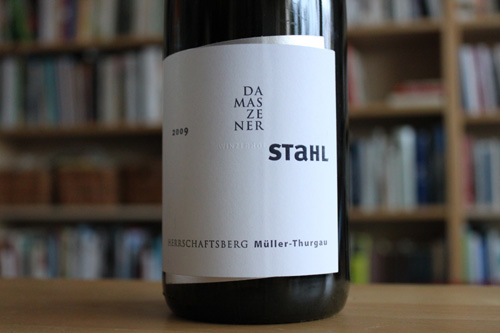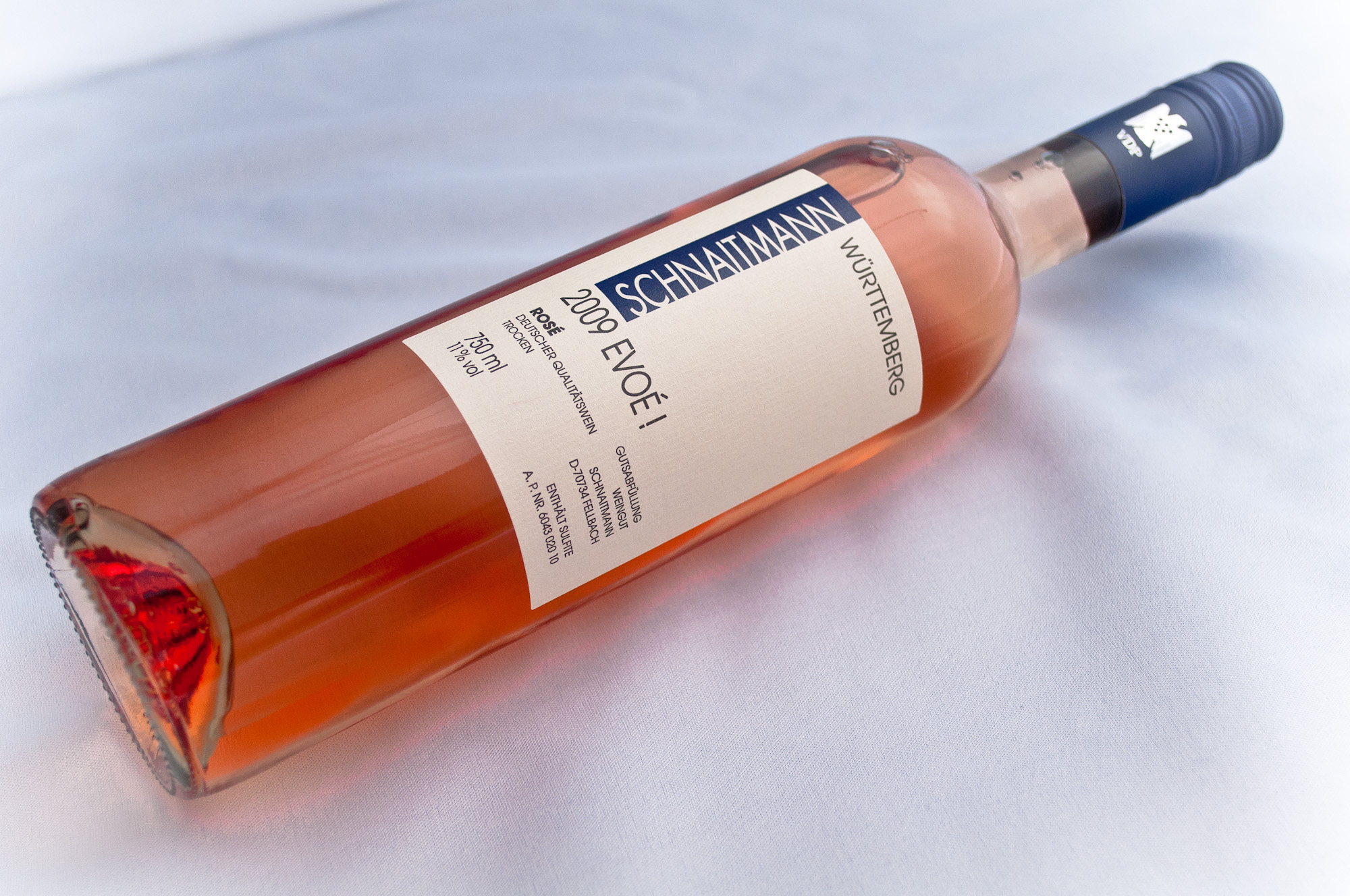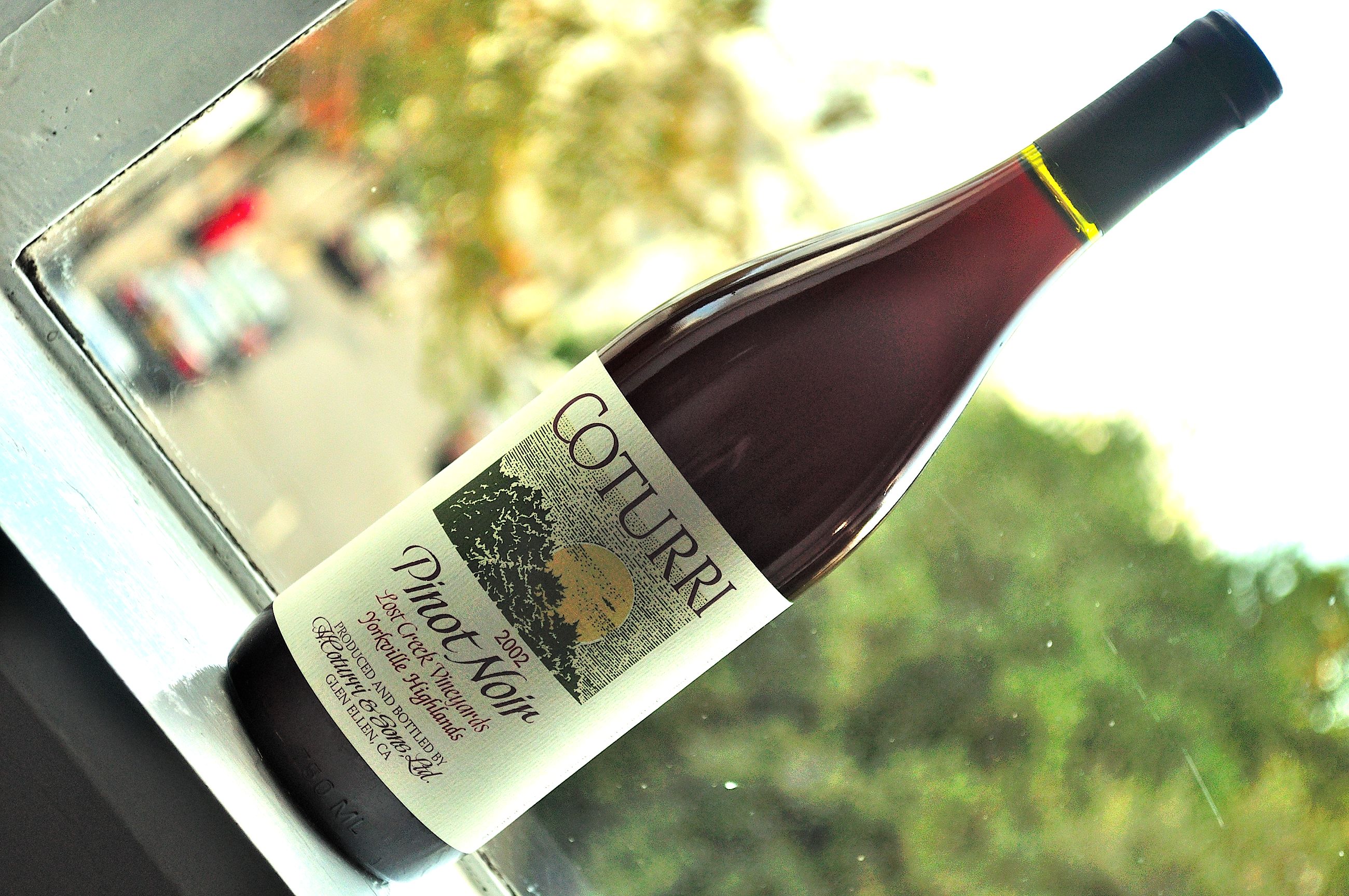Jacques-Frédéric Mugnier, Clos de la Maréchale, Nuits-Saint-Georges Premier Cru, 2004
For a mercifully long time, you have had no updates on this Wine Rambler's hare-brained and underfunded quest to find impressive and affordable Pinot Noir from Burgundy. I don't deceive myself that many of our readers more wise to the world of wine have secretly hoped that I would have given up, Burgundy being a region for deep-dyed aficionados only. Au contraire, my friends, and tonight, it is time for a new installment in this ongoing story of quixotic determination and befuddled ignorance.

It was up to Jacques-Frédéric Mugnier this time. Could this bottle of Nuits-Saint-Georges Premier Cru finally be the one to open the floodgates to all that near-orgasmic Burgundy magic?







